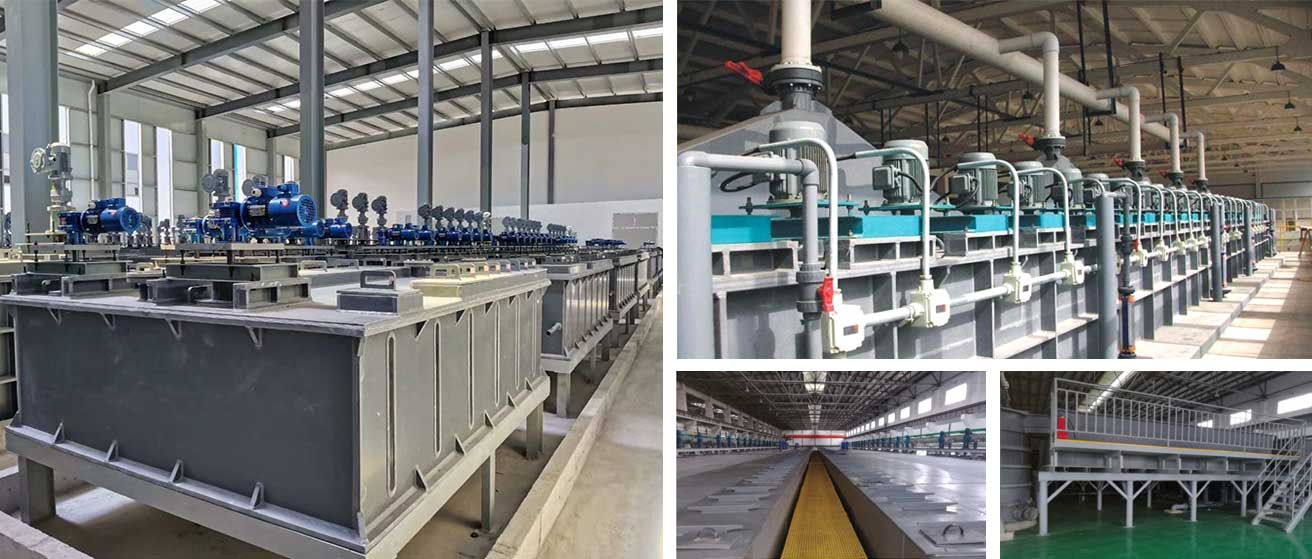Common mixer-settler structures mainly include the following:
Gravity settler: This type of settler mainly relies on gravity to allow particles to settle naturally in the fluid. It usually has an enlarged bottom so that particles can gradually settle at the bottom while clarified fluid drains from the top.
Advantages: simple structure, easy operation, suitable for processing fluids with larger particles and faster settling speed.
Disadvantages: The settling speed is slow, the treatment efficiency is not high, and the effect on fine particles or particles with a density close to that of the fluid is poor.
Centrifugal settler: uses centrifugal force to accelerate the settling process of particles. Common forms are cyclone separators and hydrocyclones. They rotate the fluid, subjecting the particles to greater centrifugal force and causing them to settle rapidly.
Advantages: High processing efficiency, suitable for processing fluids with smaller particles or with a density similar to the fluid.
Disadvantages: The structure is relatively complex, requires high operation and maintenance skills, and may not be effective for high-viscosity fluids.
Multi-stage settler: It is composed of multiple settlement units connected in series. Each unit can settle the fluid to a certain extent. Multi-stage settlers usually have higher settling efficiency and processing capacity.
Advantages: high processing efficiency and can handle large flow or high concentration fluids.
Disadvantages: complex structure, large floor space, and high investment and operating costs.

Air flotation settler: By injecting gas into the fluid, the particles attach to the bubbles and rise to the liquid surface with the bubbles, thereby achieving solid-liquid separation.
Advantages: It is suitable for processing particles with a density close to that of a fluid, and the settling speed can be controlled by adjusting the gas injection amount.
Disadvantages: The operation is complex, the gas injection volume and distribution need to be controlled, and it may not be suitable for high-viscosity fluids.
Each of these
mixer-settler structures has its own characteristics. In practical applications, it needs to be selected and designed based on factors such as the properties of the fluid, processing requirements, and economic conditions. At the same time, with the continuous development of technology, new mixer-settler structures are also emerging to meet the needs of different fields.
